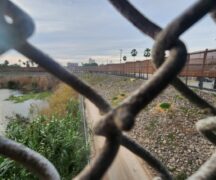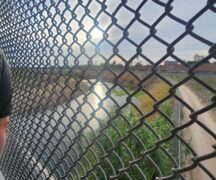By JAN LARSON McLAUGHLIN
BG Independent News
U.S. immigration offices have become so overwhelmed that some asylum seekers who cross the border at Mexico may wait a decade before they even get a date to see a judge, the Associated Press reported last year.
No matter where Americans stand on immigration issues – most will agree the system is broken.
(Editor’s note: This is the second day of a series in Bowling Green Independent News on the human cost to failed immigration policies at the U.S. border with Mexico, following visits to camps of asylum seekers with the Practice Mercy Foundation.)
In December, as many as 10,000 migrants were arrested daily on the southwest U.S. border, according to the Associated Press. Some conservatives suggest asylum seekers simply need to go through the legal process. But immigrating “the legal way” is not simple and is nearly impossible.
The only people benefiting from this broken system appear to be members of cartels who charge between $2,000 and $10,000 for each person seeking entry to the U.S. They profit from failed U.S. immigration policies and take advantage of desperate people escaping dangers at home.
“We have to come to the realization that immigration is controlled by organized crime,” said Alma Ruth, founder of the Practice Mercy Foundation. “There is no system in place for human migration.”
An odd mix of members from First Presbyterian Church in Bowling Green, Trinity Presbyterian Church in Flower Mound, Texas, and the nontraditional Mormon Women for Ethical Government recently joined with the Practice Mercy Foundation to see life for people seeking refugee status.
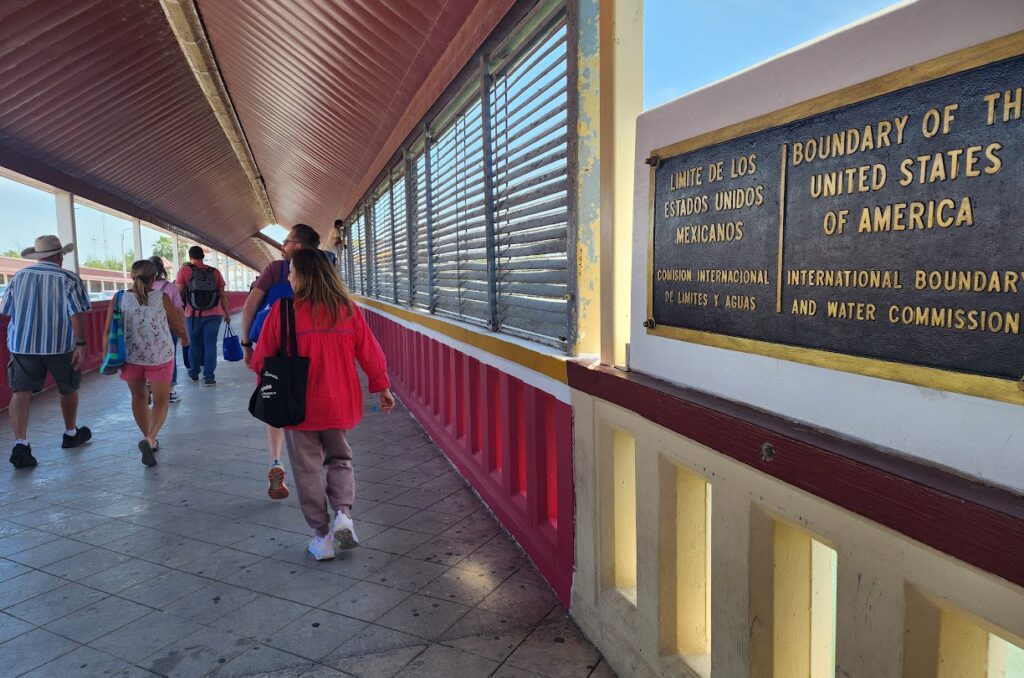
Changing the rules
International law states asylum seekers must be on U.S. soil to request refugee status. The U.S. took it a step further at the Mexican border by requiring asylum seekers to enter through ports of entry. Touching U.S. soil is no longer good enough.
To limit the number of immigrants reaching American soil through ports of entry, the U.S. has moved its Homeland Security checkpoints to the middle of bridges linking Mexico and Texas. That means immigrants are intercepted before they can step on U.S. soil, Alma Ruth said.
“Immigration law is crazy. It changes almost daily,” said Pastor Ismael Flores, who works with the Practice Mercy Foundation. “There should be no confusion about someone who is in need.”
“We live in the greatest nation in the world, but we don’t have the brains for this?” Alma Ruth said.
In January, the American Immigration Council reported that the backlog of U.S. immigration courts continues to reach all-time highs every month, with over 2.93 million open removal cases as of Oct. 21, 2023.
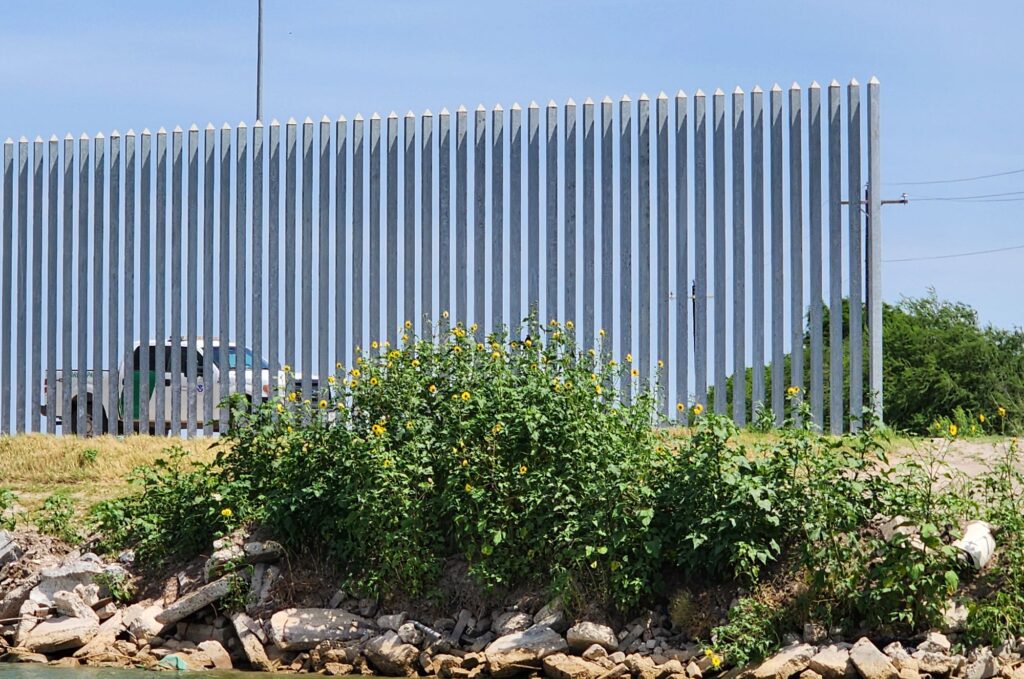
Asylum seekers, and any family members waiting to join them, are left in limbo while their cases are pending. The backlogs and delays can cause prolonged separation of refugee families, leave family members abroad in dangerous situations, and make it more difficult to retain pro bono counsel.
Although asylum seekers may apply for work authorization after their case has been pending for 150 days, the uncertainty of their future often impedes employment and education opportunities.
For those who wait on the Mexican side, the U.S. Customs and Border Protection now uses a free CBP One mobile app intended to make the immigration process more efficient. This requires those seeking asylum to have cell phones and charge them any way they can, such as the refugees who tapped into power from the streetlights at night.
CBP serves as a single portal to a variety of CBP services. Through a series of guided questions, the app directs each type of user to the appropriate services based on their needs. After that initial appointment, it may be another year until the asylum seeker gets to see a judge.
And despite misrepresentations, most immigrants do show up for their court hearings.
A report released by the American Immigration Council examined 11 years of government data on hearings in U.S. immigration courts. The report concluded that 83% of immigrants attended their court hearings, and those who failed to appear often did not receive notice or faced hardship getting to court.

What’s the lingo
The terms “refugee,” “asylum seeker” and “migrant” are used to describe people who are on the move, who have left their countries and have crossed borders.
But there are legal differences in the terms.
A refugee is someone who has been compelled to leave their country and cannot return because of a serious threat to their life, physical integrity or freedom as a result of persecution, armed conflict, violence or serious public disorder. According to the United Nations, it is a legal status that provides an individual with certain rights and protections.
An asylum seeker is someone who has or intends to apply to be recognized as a refugee, but their application has yet to be processed.
There is no internationally accepted legal definition of a migrant, according to Amnesty International. Most agencies and organizations understand migrants to be people leaving their country because they want to work, study or join family.
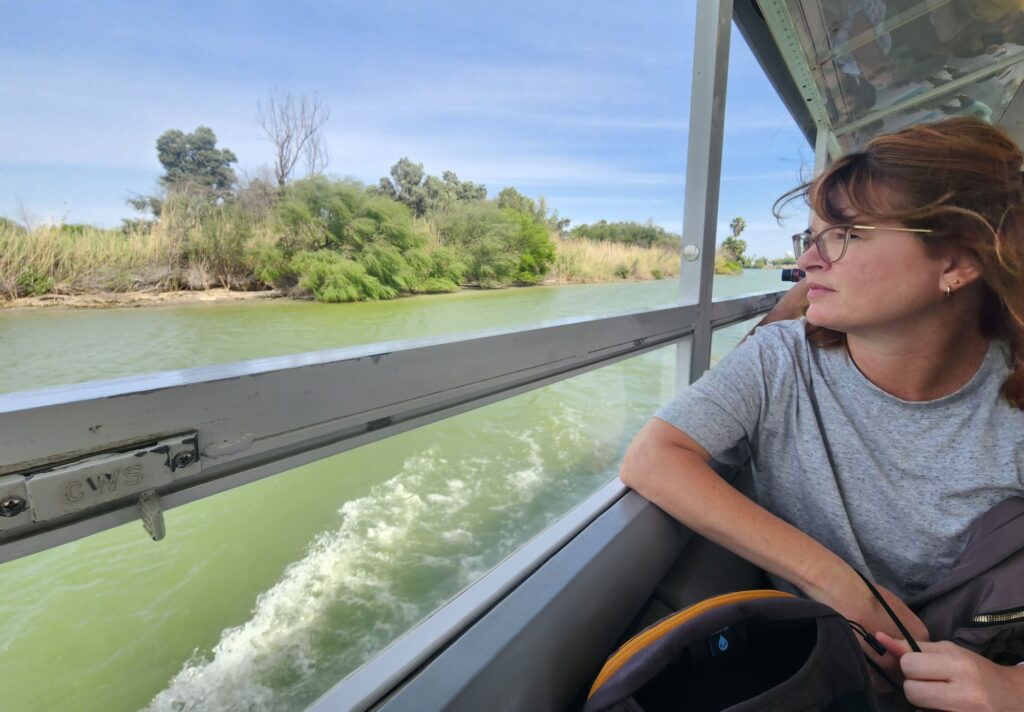
Walls and wire
The system has made it so difficult for people to escape danger in their homelands, that many asylum seekers make desperate attempts to get to the U.S. Many migrants crossing the Rio Grande to reach the U.S. turn themselves in to authorities once they reach American soil. And many die trying to swim across.
A boat ride on the Rio Grande, which ranges from 8 to 50 feet deep, revealed evidence of cartels left behind on the river banks. Deflated green rafts, used for smuggling people, were tucked in tall grasses along the river patrolled by the U.S. Coast Guard, border patrol and state law enforcement.
Once crossing the river, immigrants entering the U.S. illegally are met in many places with 18-foot border walls and razor wire on the American side.
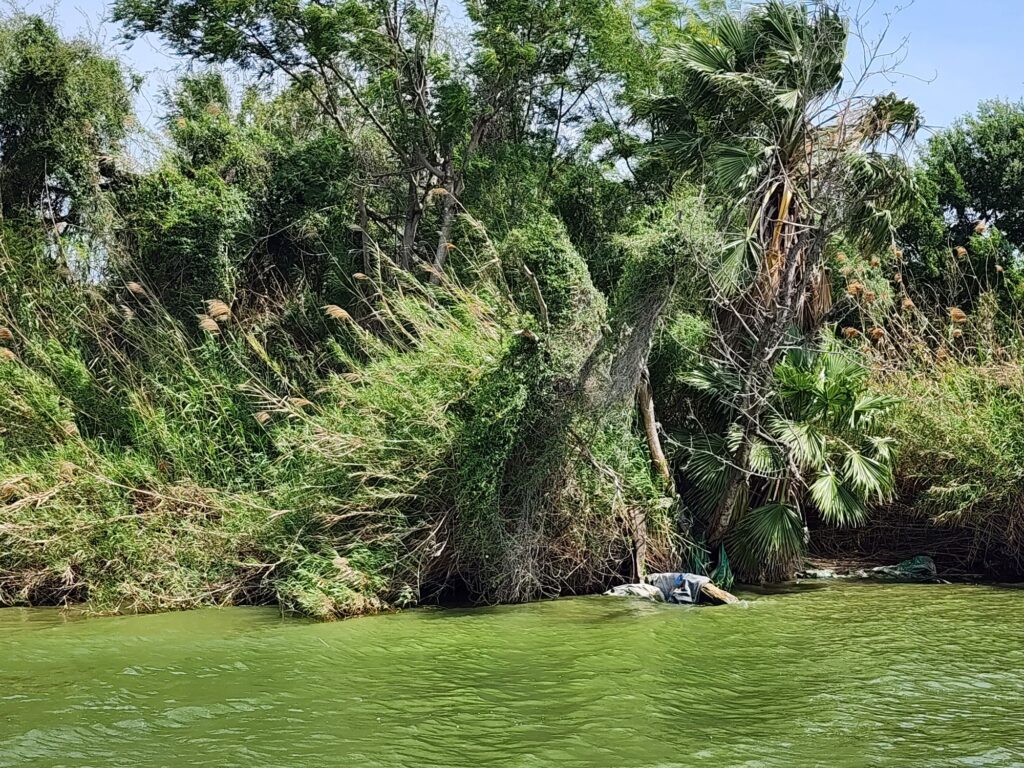
The walls cost the U.S. government $28 to $30 million per mile, but do little to deter asylum seekers. The walls in the area of McAllen, Texas, have frequent gaping holes where gates were never installed.
Rather than finding solutions to systemic immigration issues, some politicians prefer to spend money on creating barriers – no matter how inefficient they are, Alma Ruth said.
“We are wasting billions of dollars on Operation Lone Star,” Alma Ruth said of Texas Gov. Greg Abbott’s latest plan which gives Texas police officers the right to arrest suspected undocumented immigrants. Instead, the U.S. should appoint more judges to review refugee requests, and allow more work Visas, she said.
Finding safe places to camp on the Mexican side of the border recently became more difficult for people waiting to get into the U.S. legally. The Associated Press reported in December that following a meeting between a U.S. delegation and Mexico’s president, crowded migrant campsites holding thousands of people in Matamoros were bulldozed.
Some migrants found less prominent places to locate, with smaller groups calling less attention to themselves.
Desperate, an estimated 70 migrants flung themselves into the Rio Grande River at night and crossed into the U.S., according to the Associated Press. They were trapped for hours along the riverbank beneath the layers of concertina wire set up on order of the Texas governor.
Evidence of their struggle could be seen in the torn clothing left behind on the razor wire.

Losing lives to hope of better life
To remember those who lost their lives to get to America, a service of lamentations was held on the banks of the Rio Grande for those traveling with Practice Mercy. Though there is no firm count on those who died en route, in 2023 there were 149 known deaths from falls in the El Paso area, and 686 deaths from drowning in the Rio Grande River, Pastor Flores said.
“Let us pause and remember those who lost their lives in search of a better life,” he said.
The number of people who die on their journey to the border is also unknown. The Darien Gap between Colombia and Panama has no roads – just more than 60 miles of dense rainforest, steep mountains and vast swamps. Flores told of one family who reported that the last they heard from an offspring was a phone call saying, “The coyote dropped me off. I’m about to go through brush.”
And even once they have crossed into the U.S., the fear lingers, Flores said, telling of a woman scared that she could be stopped on her way to the grocery store or gas station. “Every day Grace is scared,” he said.
“That dream has died” for many, Flores said.


